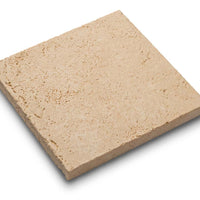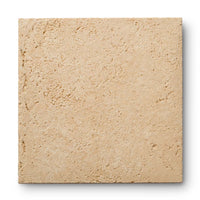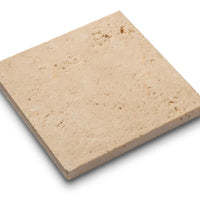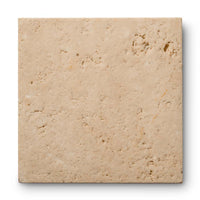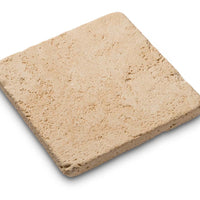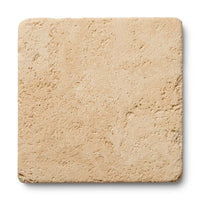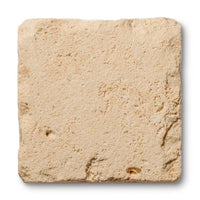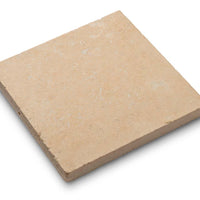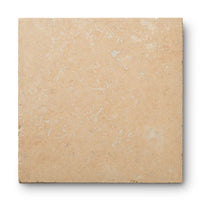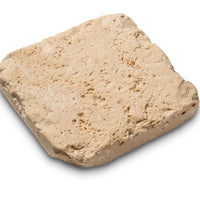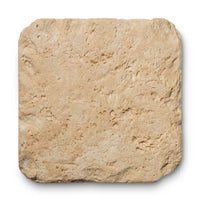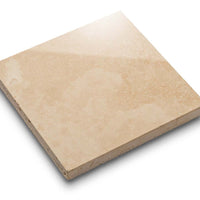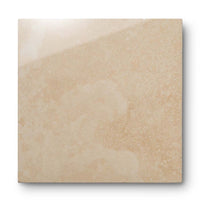Vein Cut Stone
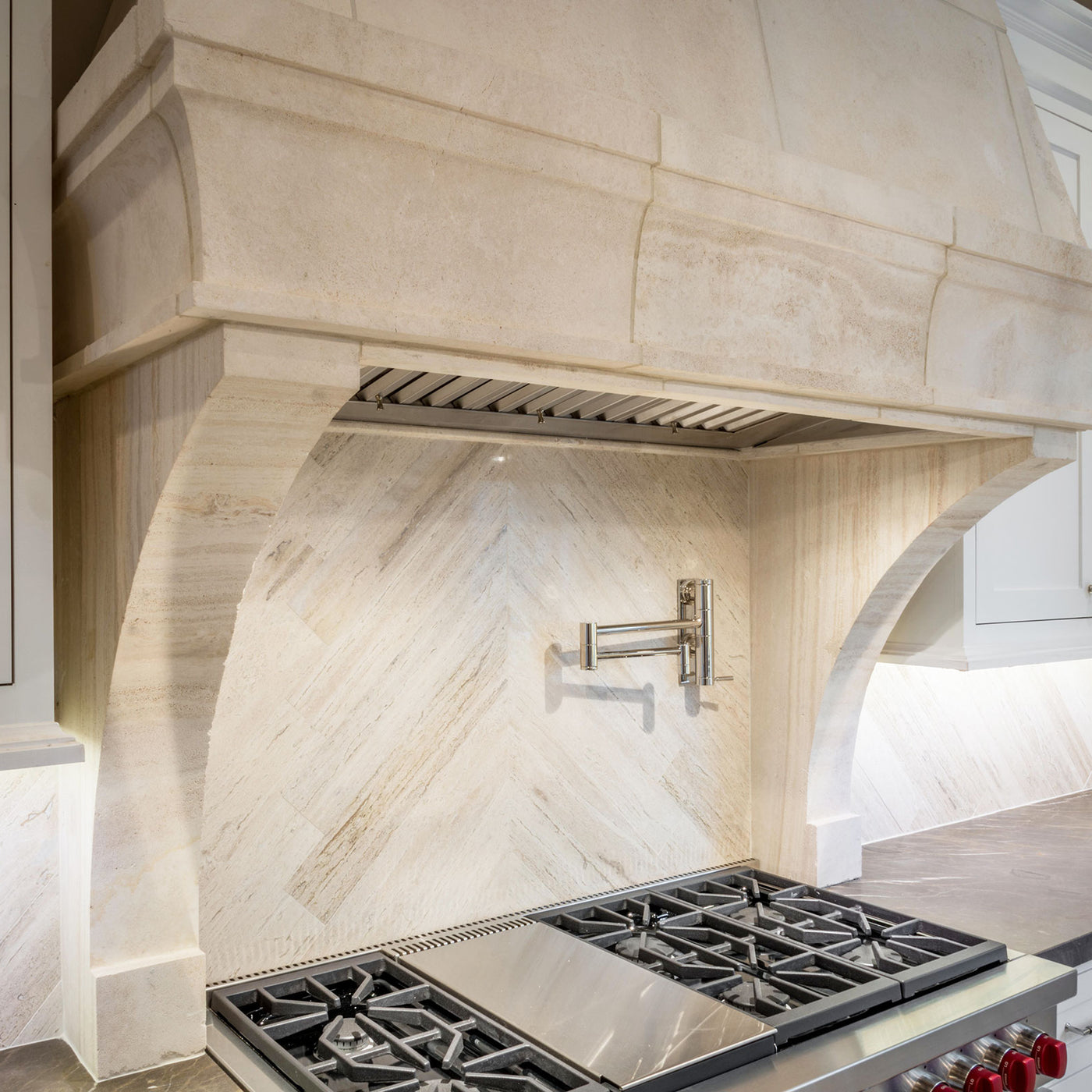

When you want to find the best stone design for your project, there are a few questions you need to ask yourself. The first, of course, is what type of stone best suits your style. Marble, limestone, and travertine all have different looks and competitive pricing to consider. Once you’ve determined what product works best, there is another question that will affect your design in stone.
What stone cut will work best for your design project? Whether you’re looking for your kitchen, bathroom, fireplace, or backsplash, we’ve got you covered.
There are major differences between vein cut and cross-cut stone. For instance, vein cut travertine may be used to make a bold design statement whereas cross-cut travertine can provide a softer, less dramatic elegance.
Let’s explore the differences between the two cuts so you’ll have a better idea of what separates them.
Before each project is carved, the stone is cut from a quarry in the shape of a massive block. Since the stone in the quarry is natural and has formed over many years, signs of aging can be seen in its many layers of sediment. These layers form a horizontal veining in the stone.
These mineral veins form different colors and patterns in the stone. How visible they will be in the final slabs of stone you purchase will come down to how the stone is sliced. Thus, noted above, there are two traditional slices, or cuts, to consider:
While cross-cut is sometimes seen as the more traditional way to cut a stone, there are many reasons that vein cut may be the better option for your natural stone design, including:
Whether you’re a design professional or a homeowner, if you’re looking for the best options in natural stone design, look to MATERIAL. We are the only stone and tile provider in the United States to fully own and operate our manufacturing facilities, meaning we can ensure superior quality from the quarry to the clients installation.
We also have a team of experienced designers ready to walk you through any questions you may have. If you’re looking to find the perfect vein cut stone, visit us at one of our ten showrooms.
We’d love to help you find the perfect stone design to fit your needs as soon as today!
Bob Vila. 6 Things to Know About Travertine. https://www.bobvila.com/articles/travertine/
Please note: comments must be approved before they are published.
* indicates a required field
Our finishes are applied by hand, ensuring that each element of your order matches and blends together well. In some instances, you may notice a natural variation in the application of the finish. This is normal and should be expected with a handmade item.
